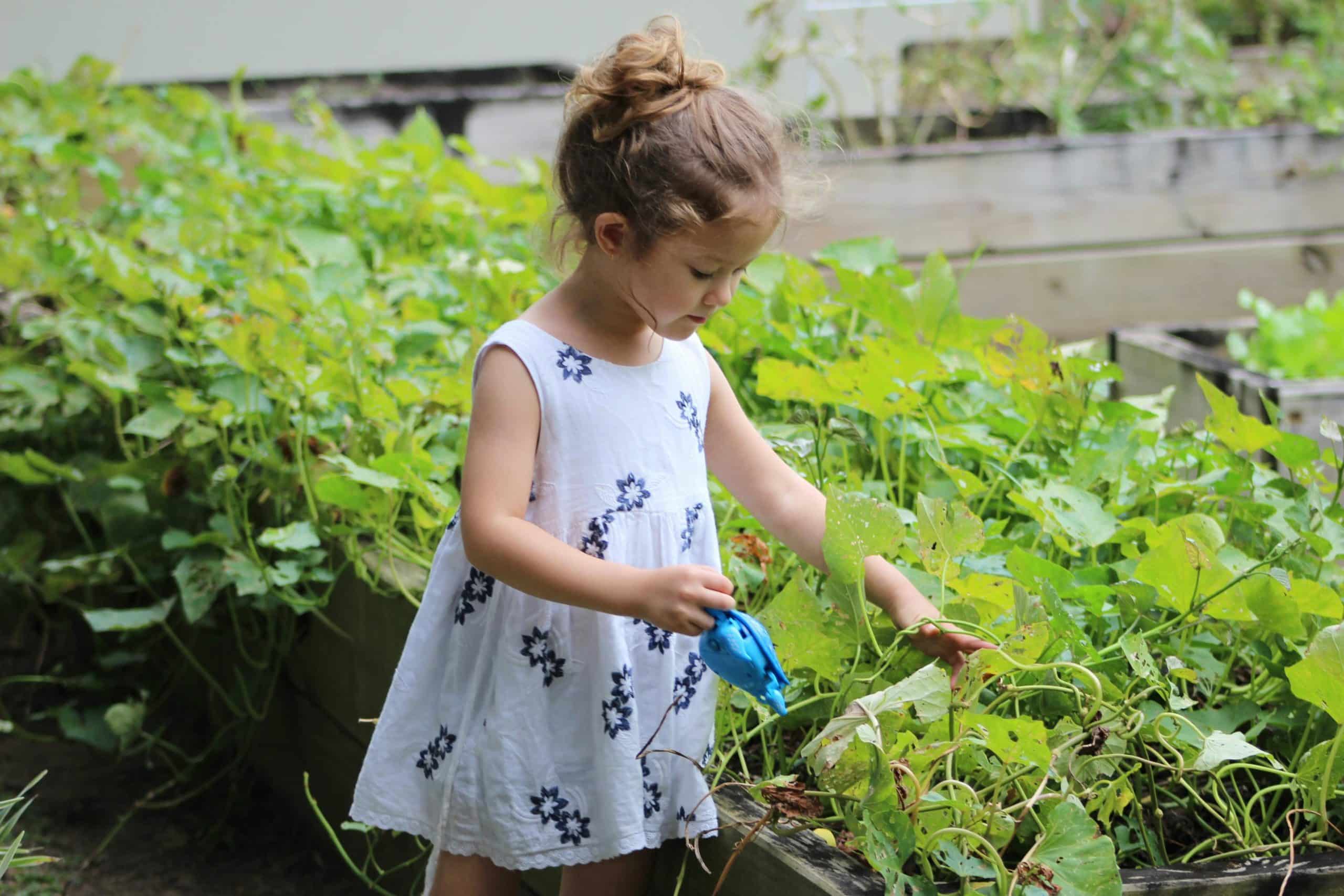How to Plan and Maintain a Small Space Edible Garden in Urban UK Areas?

With the realities of the urban sprawl, being a city resident often means having to compromise on outdoor space. However, the lack of space should not deter you from enjoying the pleasures of growing your own food in your garden. Even a small garden or a rooftop can be transformed into a lush oasis of herbs, vegetables, and fruit plants with careful planning, design, and maintenance. This article will guide you on how to transform any small space into a productive kitchen garden.
Choosing the Right Plants for Your Small Space Garden
The first step in planning your small garden is choosing the right plants to grow. Not all plants are suitable for small gardens. The key is to select plants that will thrive in a small space.
A lire aussi : What Are the New Strategies for Public Transport to Accommodate the UK’s Aging Population?
High-yielding plants such as tomatoes, peppers, and strawberries are excellent choices. They will produce a significant amount of fruit in a compact space, ensuring you get the most out of your small garden.
When choosing plants, also consider the vertical space available. Climbing plants like beans and peas, or trailing plants such as cucumbers and squashes are ideal for small gardens. They can be trained to grow upwards on trellises or frames, thereby maximizing your garden space.
En parallèle : How Can Virtual Reality Training Programs Improve Fire Safety in UK Buildings?
Herbs are another excellent choice for small gardens. Many herbs, such as thyme, rosemary, and mint, are quite hardy and will thrive in small pots or window boxes. They’re also a wonderful addition to your kitchen, adding fresh flavors to your meals.
Using the Best Soil for Your Plants
One fundamental aspect of successful gardening is using the right soil. Soil feeds your plants and can greatly affect how well they grow. In a small space garden, you have the advantage of being able to control the soil quality more easily than in a larger garden.
For most vegetables and herbs, a well-draining soil rich in organic matter is ideal. You can enrich your soil with compost or well-rotted manure, ensuring it provides all the nutrients your plants need to grow.
If the existing soil in your garden is poor, consider using raised beds or containers. This allows you to fill them with the best soil and compost mix, giving your plants the best possible start.
Designing Your Small Space Garden
Design plays a crucial role in any garden, but when space is at premium, it becomes even more important. An effective design will not only ensure you make the most of your available space, but it will also make your garden pleasing to the eye.
For small gardens, raised beds or containers offer a flexible and space-saving solution. They can be moved around to make the best use of sunshine and can be designed in a variety of shapes and sizes to fit your garden.
Vertical gardening is another innovative design idea. This involves growing plants upwards, rather than outwards, making the best use of your available vertical space. You can use trellises, hanging baskets, or even wall-mounted planters for this purpose.
Remember to leave enough space between your plants and beds for easy access. This will make it easier for you to care for your plants, and ensure they have the space they need to grow.
Maintaining Your Small Space Garden
Once you’ve planned and designed your garden, the fun really begins. Maintaining your garden involves regular watering, feeding, and pruning to ensure your plants stay healthy and productive.
Most vegetables and herbs prefer regular watering. Remember to water your plants at the base, not overhead, to reduce the risk of diseases. Rainwater is the best choice for watering plants, so consider installing a rainwater collection system.
Feeding your plants is also crucial. A layer of compost or well-rotted manure added to your soil each year will provide most of the nutrients your plants need. However, some plants, like tomatoes and peppers, are heavy feeders and may benefit from a little extra feeding during the growing season.
Pruning is also an essential part of garden maintenance. Regular pruning keeps plants healthy, encourages better fruit production, and helps maintain their shape, making them easier to manage in a small space.
Harvesting and Using Your Produce
One of the greatest pleasures of growing your own food is finally getting to enjoy the fruits of your labor. Regular harvesting encourages plants to produce more, so don’t be shy about picking your vegetables, herbs, and fruits as soon as they’re ripe.
Freshly picked produce is at its best, full of flavor and nutrients. Make the most of your garden bounty by incorporating it into your meals. Try new recipes, preserve excess produce by freezing or canning, or share your harvest with friends, family, or your local community.
In conclusion, creating an edible garden in a small urban space is not only feasible but also rewarding. With the right choice of plants, good soil, effective design, and regular maintenance, you can enjoy a bountiful harvest from your own kitchen garden, no matter how small it may be.
Maximising Your Small Space with Forest Garden Ideas
In the endeavour of designing and maintaining a small space edible garden, you may want to consider the concept of a forest garden. This is a gardening approach that mimics the structure and function of a natural forest. The image that this concept evokes is a lush, self-sustaining ecosystem where multiple layers of plants grow harmoniously, providing a bountiful harvest.
Start by planting fruit trees as the uppermost layer of your garden to provide shade for the other plants. Choose dwarf or semi-dwarf varieties that are well-suited for smaller spaces, such as apple, pear, or cherry trees.
The next layer would consist of shrubs, ideally berry bushes like raspberries or blackberries. They can thrive under the partial shade of the fruit trees, and they also act as a windbreak to protect the delicate salad leaves or herbs you’ll plant underneath.
The ground layer, closest to the soil, is perfect for growing a wide range of easy-to-grow salad leaves, herbs, and root vegetables. This could include lettuce, spinach, carrots, and radishes.
To keep the forest garden ecosystem balanced, include plants that attract beneficial insects and pest-controlling birds. The cottage garden favourites like lavender, marigolds, or sunflowers can be a beautiful and practical addition to your edible garden.
In essence, the forest garden design enables you to use every inch of your available space, producing a variety of fruits, vegetables, and herbs in a sustainable way.
Encouraging a Healthy Garden Environment
A healthy garden is not only about the plants you grow and the soil they live in, but it’s also about creating an ecosystem where plants and animals coexist in harmony. This involves inviting beneficial insects, providing habitats for wildlife, and maintaining a balanced garden ecosystem.
To attract beneficial insects such as bees and ladybugs that can enhance pollination and control pests, plant a variety of colourful and fragrant flowers.
Creating habitats for wildlife can also contribute to the health and productivity of your small space garden. Bird feeders, bird baths, and nesting boxes can attract birds that help control pests. A small pond or even a bucket of water can attract frogs and toads, natural predators of many garden pests.
Composting your kitchen waste not only reduces the amount of waste you send to landfill, but it also provides nutrient-rich compost for your vegetable beds. This contributes to the health of your soil, promoting the growth and productivity of your plants.
In summary, a healthy garden environment is one where plants and wildlife coexist in harmony, each contributing to the health and productivity of your edible garden.
Conclusion
In conclusion, planning and maintaining a small space edible garden in urban UK areas is more than feasible; it’s an enjoyable and rewarding journey. From choosing the right plants and soil to implementing innovative garden designs such as vertical gardening or forest gardening, you have the potential to transform your limited space into a productive and sustainable kitchen garden.
With regular care and maintenance including watering, feeding, pruning, and pest control, you can keep your garden thriving. And, of course, the ultimate reward is harvesting your own fresh and nutritious produce right from your living room, rooftop, or tiny backyard.
Remember that every small space has potential, it’s all about how you imagine and utilise it. So, don’t let the lack of space deter you from experiencing the joy and benefits of growing your own food. Embrace the potential of your urban space, put these tips into practice, and watch your own mini edible oasis come to life.
Image credit: Leigh Clapp
